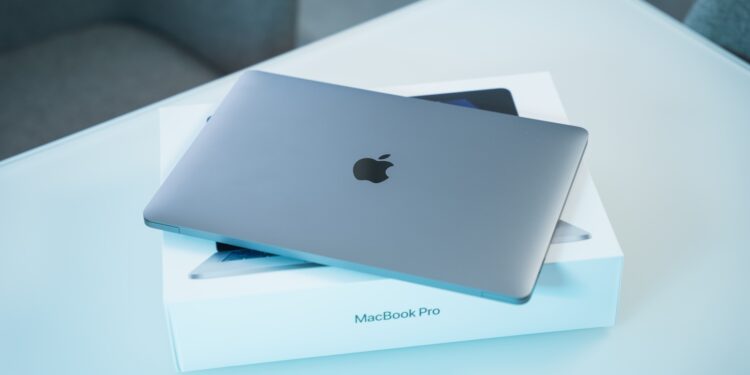Apple announced major changes to macOS at WWDC 2025. Compatibility with older software is particularly affected: macOS 27 will be the last operating system to fully support Rosetta 2. If you use or develop apps that aren't yet native to Apple Silicon, you should start thinking about it now.
Since Apple initiated the transition to Apple Silicon in 2020, it was clear that the Intel era on the Mac was nearing its end. To make the transition as smooth as possible, Apple introduced Rosetta 2 – a translation technology that allowed Intel-based apps to continue running on Apple Silicon. This was useful, especially for developers who weren't yet able or willing to switch to native ARM architecture. But Rosetta 2 was never intended as a permanent solution. macOS 27 now takes the next big step.
Rosetta 2 runs unrestrictedly under macOS 27 for the last time
According to Apple, Rosetta 2 will only be available in a limited form under macOS 28. Only certain older applications—for example, games or software that is no longer being developed—will then still be supported. The complete Rosetta 2 layer, as it has functioned so far, will no longer be available starting with macOS 28. macOS 27 will therefore be the last system on which Rosetta 2 will be fully available. If you currently use apps that are still Intel-based, they will likely continue to run smoothly under macOS 27. This can no longer be guaranteed with macOS 28.
Apple sets developers a clear deadline
In the Platforms State of the Union, one of the developer sessions at WWDC 2025, Apple made it clear that developers have until the launch of macOS 28 to migrate their applications to Apple Silicon. This leaves a good window of opportunity to adapt existing software or develop alternatives. Apple is clearly signaling here: The future belongs to native apps. Those who don't switch risk massive compatibility issues starting in 2027.
macOS 26 is the last system for Intel Macs
Another important change concerns support for Intel hardware in general. macOS 26 will be the last operating system to run on Intel-based Macs. Feature updates will then only be available for Apple Silicon. Apple will likely continue to provide security updates for a few more years, but anyone who wants to continue using all the new features will need an up-to-date device. If you still have an Intel Mac, now is a good time to consider upgrading to a new model with Apple Silicon.
What should you do now?
If you're developing your own app, you should check whether it already runs natively on Apple Silicon. If not, now is the time to change that. If you're still using software that runs on Rosetta 2, you have two options: either find a native alternative or contact the app developer and ask about a planned transition. macOS 27 still provides a stable platform to take advantage of this transition phase. The gradual discontinuation of Rosetta 2 isn't expected until macOS 28 at the earliest, which is expected to be announced at WWDC 2027.
macOS 27 as a turning point for Intel users and developers
macOS 27 marks the end of full Rosetta 2 support. After that, the technology will only function to a limited extent. Developers have until 2027 to make their software compatible with Apple Silicon. macOS 26 will be the last major update for Intel Mac users. If you want to stay up to date, you need Apple Silicon—and ideally, native apps. There's no reason to rush, but ignoring it isn't an option. Now is the right time to prepare for the next phase in the macOS ecosystem. The best products for you: Our Amazon Storefront offers a wide selection of accessories, including those for HomeKit. (Image: Shutterstock / Manu Padilla)
- iOS 26: References to AirTags 2 discovered in code
- Apple launches new gaming tools: Metal 4 and Toolkit 3
- Apple pulls the plug: macOS 27 without Intel Macs
- macOS 26 in detail: New design, AI and more





